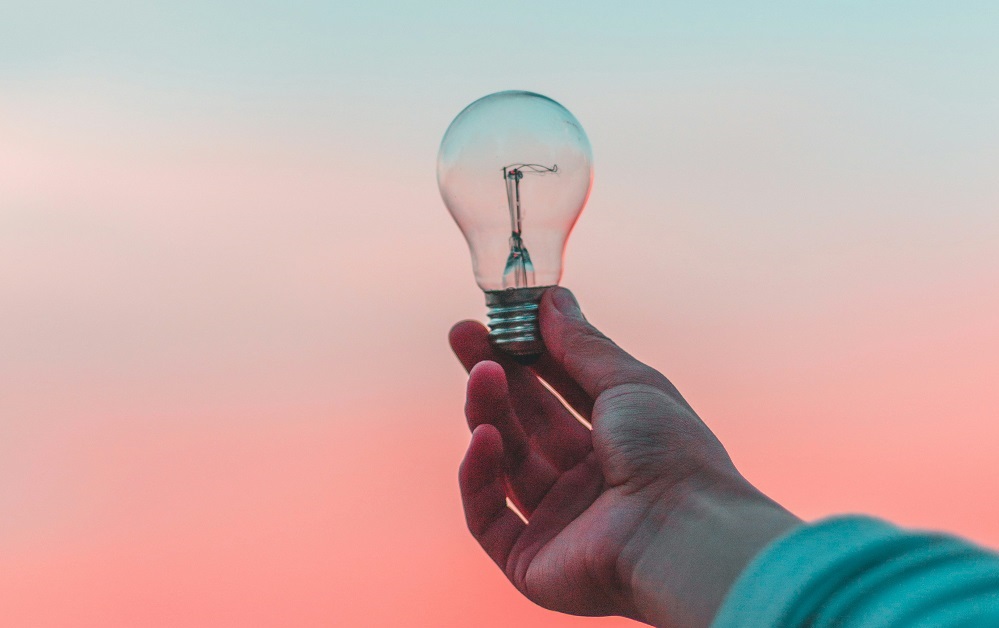Two years ago, everything we knew about life went upside down:
- Our goals, ambitions, and priorities
- Our notions of work and good governance
- The state of science and public knowledge
- Our relationship with the environment and many other phenomena we never heeded to in the ‘old normal’
And, of course, in the ‘new normal’, this political, psychological, and social upheaval has also impacted the economy. Consumer behavior has changed drastically as well, the lockdown and the chaos perhaps shaping in us a new sensibility of consumption. The pandemic has reshaped everything from our habits, needs, preferences, and buying patterns.

The pandemic’s impact was—and still is—truly global. All kinds of scientists have and still are studying the novel coronavirus and its effects on everything from public health and technology to work culture and macroeconomics. Data scientists, including us, continue to make discoveries even after almost two years since WHO made its historic announcement.
From a business perspective, here are three things of note we have learned.
1. Less is more
An economic disruption and uncertainty that rivaled 2008’s crisis and the fear of a sudden lockdown caused people to only consume what is essential. According to a study by Accenture, over 63% of the participants were worried about job security. In comparison, 38% were wary of the global economic impact. The caution was reflected in their spending habits, as they prioritized value instead of worth, saving generously.
The newfound sensibility was also shaped by convenience and availability, given the sudden imposition of nationwide lockdowns. What’s further of note—perhaps unsurprising — is the type of essentials that we consumed, such as canned food or soup.
Let’s take a look:

It is hard to say whether the new sensibility—which is great for the environment, though bad for businesses—will be cemented. Perhaps consumers will take their spending up a notch as the market gradually recovers.
Read more: What Will the Economy Look Like in 2022? 6 Trends to Watch Out For!
Until then, businesses can capitalize on the new habits to which consumers have taken. The consumption of entertainment, news, social media, music, art, and books surged. We also observed a moderate rise in cooking and fitness. Clearly, people had the sudden urge to make a change: they wished to put the time to good use. Brands selling these goods have an excellent opportunity to take hold of their respective markets.
2. Go online or perish
Unsurprisingly, online markets thrived. Thanks to the lockdown, online businesses soared.
Here’s what we shopped online.

However, data suggests that online markets would have soared in any case. According to Accenture’s report (see above), 64% of people were fearful for their health, while 82% were for others’. Further, another PwC study reported that 49% avoided leaving their homes, while 57% decided to socially distance themselves even from their closest friends and relatives.
Fear contained us. It also contained work, with the same study highlighting that 50% of the workforce worked from home, either partially or wholly. There simply was no reason to go out. And why would there be? Shopping online is far more convenient and safer.
The warning is clear as day: go offline and online or miss out on a mammoth chunk of customers. For businesses already online, capitalize on the surge with attractive discounts and offers.

And since most customers seem to be online, it is also time to work on your social media skills. Social media is quite easily the number one communication channel to reach your customers. It profoundly affects people’s perception of your brand, their opinion of your values, your identity. It has the power to influence people in swathes. Leverage it.
In fact, in 2022, consumers will be suspicious of brands that do not have an online presence. It would seem bizarre that a business operates online but is not socially active.
Read more: “The Pandemic Has Changed Everything“: 5 Big Predictions for 2022
Besides, we don’t see any downside to not having an online presence. Customers love identifying with their favorite brand’s values, which are depicted via tweets, pictures, videos, and now stories or reels. Also, social media is arguably one of the best platforms to identify your ideal customer and target him or her with personalized ads and offers.
3. It is getting (more) personal
If a term could define this era’s business ethos, it would be personalized customer experience.
According to estimates, over 86% of customers prefer paying more for a better customer experience. What’s more, over 75% of customers expect their favorite brands to anticipate their needs and desires. It is no wonder that customer-worshipping giants such as Amazon and Netflix are so wildly successful.

What fuels their success is two things: first, raw customer data, and second, powerful customer analytics solutions that yield algorithms that anticipate their preferences. Their operation mimics the snowball effect: The more data they collect, the more strengthened the algorithms become. And the more strengthened the algorithms become, the more customers they attract, which results in more data collection, and on it goes!
Read more: Top AI Trends to Watch Out for in 2022
Other aspects that constitute an outstanding customer experience are personalized ads, timed ads, personalized offers, human-like chatbots, and other communication avenues that help retain customers. There were also other drivers of change in consumer behavior. Besides convenience and availability, which we already mentioned, consumers also prioritized quality and hygiene. These factors caused them to switch brands. No, seriously.

Final thoughts
The key takeaway is to embrace data or potentially go out of business.

The best strategy is a dynamic strategy, a strategy that constantly evolves. And such a strategy can only be made with data analytics, which takes measurable inputs and yields actionable outputs. Businesses that paid attention to these changes quickly altered their short-term strategy to minimize their losses, compared to businesses that did not.
Read more: The 7 Biggest Technology Trends In 2022
Digital strategy pioneer, Neil Hoyne, put it perfectly: “The companies that are going to win are the ones who are using data, not guessing.”
With offices in New York, Austin, Seattle, London, Zurich, Pune, and Hyderabad, SG Analytics is a leading research and analytics company that provides tailor-made insights to enterprises worldwide. If you are looking to make critical data-driven decisions, decisions that enable accelerated growth and breakthrough performance, contact us today.









